Sanctuary.ai is a company that is developing humanoid robots. Their goal is to create robots that can think like people and work alongside humans in a variety of settings. They have developed two main products:
- Carbon™, a pioneering AI control system that allows robots to learn and adapt to their environment.
- Phoenix™, a 6th generation robot that is the world's first general-purpose humanoid robot.
Sanctuary's robots are designed to be safe and collaborative. They can be operated by people directly, or they can use their built-in AI to observe, assess, and act on tasks autonomously.

The company believes that its robots have the potential to revolutionize many industries, but unlike the other two top contenders, Tesla and Figure, they do not take too much into account the mechanics of the robot itself but rather the human emulation the robot uses to function.
Simply put, if the bot can understand the principles of how "we humans" act and learn, in principle, anything else will be just a matter of putting a cart in front of the bot. The rest will be strolling between the aisles.

Check out our merchandise store. Thanks for supporting us!
If a two years old crawls the floor and touches the glass of the oven where mommy is baking a delicious apple pie and then screams irrationally until mommy kisses the boo-boo, that HYPOTHETICAL two years old will remember for the rest of his life that touching hot surfaces produces pain. He doesn't have to touch another over or something resembling or emitting heat to test that principle. #truestory
They are also committed to developing their robots in a responsible way, and they have a number of ethical guidelines in place to ensure that their robots are used for good. In essence, Skynet is fine but not terminator, please.
Sanctuary.ai
- Founded in 2018
- Headquarters in Mountain View, California
- Funding: $100 million
- CEO: Geordie Rose
- CTO: Suzanne Gildert
About the founders
Geordie Rose is a Canadian theoretical physicist and entrepreneur, known for his significant contributions to quantum computing and robotics. Prior to establishing Sanctuary, Rose founded D-Wave, recognized as the world's first quantum computing company, and served as the CEO of Kindred, the first robotics company to employ reinforcement learning in a production environment. His achievements have led to the sale of quantum computers and learning robots to prestigious organizations such as Google, NASA, Lockheed Martin, The Gap, and several US government agencies. Rose has received numerous accolades for his work, including being named the 2011 Canadian Innovator of the Year and appearing on Foreign Policy Magazine's list of 100 Leading Global Thinkers in 2013. Suzanne Gildert, career prior to Sanctuary includes co-founding Kindred, where she was deeply involved in developing robotics technologies utilizing reinforcement learning. Gildert also worked at D-Wave, where she focused on technical marketing and the application of AI algorithms to quantum annealing hardware. Her work has contributed significantly to the fields of AI, robotics, and quantum computing.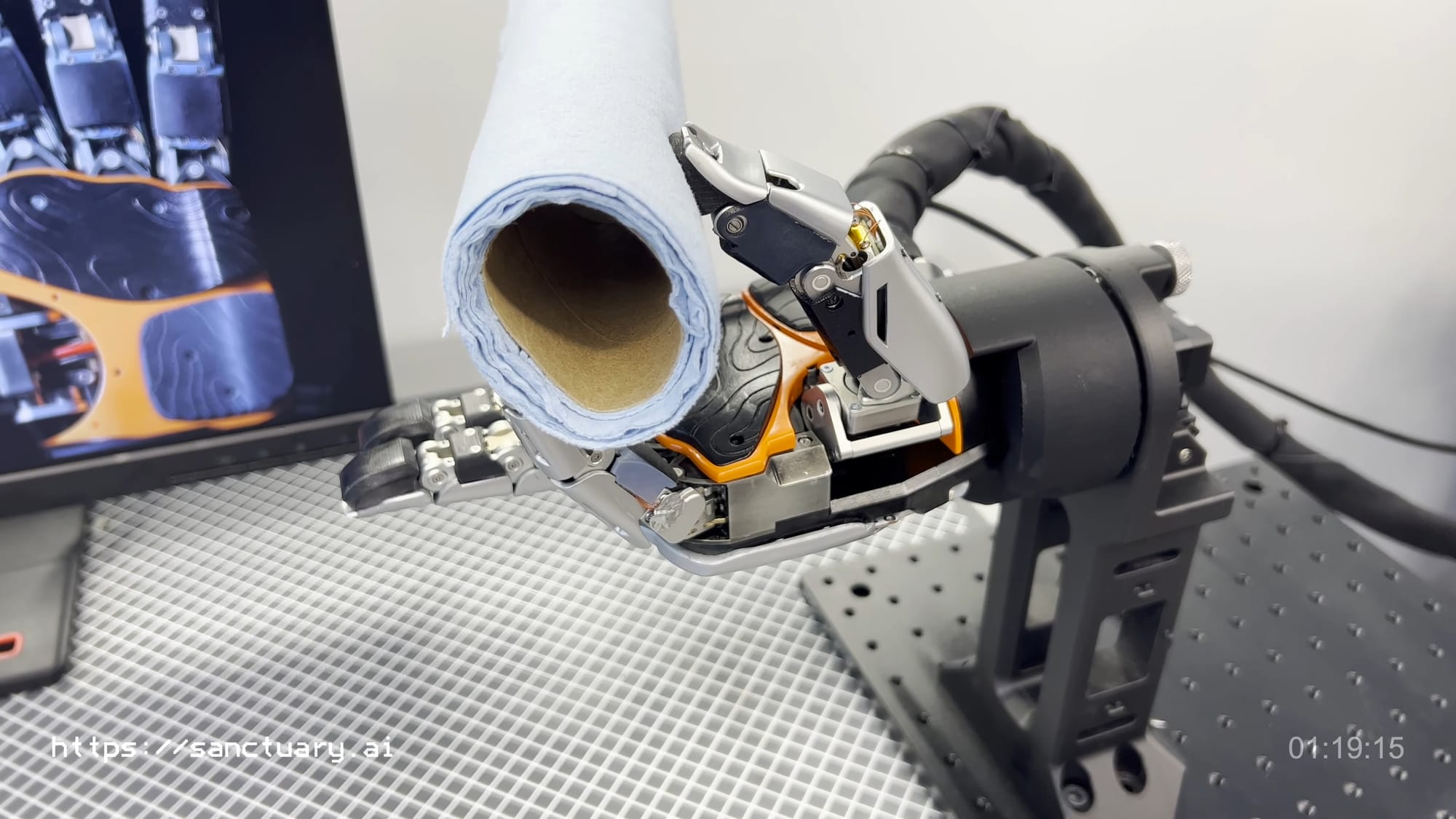
Sanctuary's humanoid robots represent a groundbreaking step in the field of robotics, merging advanced AI with physical dexterity to accomplish a broad spectrum of tasks.
They are focusing on developing the FSD (in Tesla speak) of humanoids. Six years ago, when they started, they had to create everything in-house (Phoenix robot) because the world wasn't obsessing with humanoids as much as in 2024. However, things have changed (noticed?), and they are now using for many parts of their latest generation, off-the-shelf parts.

To put in the words of my mom when she explains back to me what I think I just translated down for her about tech: Tesla & Figure are Apple-based. Sanctuary is going to be Windows.

The development of humanoid robots has steadily advanced over the years, leading to significant milestones such as Sanctuary's Phoenix™. This sixth-generation general-purpose robot is the culmination of progressive enhancements in both hardware agility and AI sophistication.
| Feature | Description |
|---|---|
| Form and Function | Phoenix stands at 5’ 7” and weighs 155 lbs, designed to mimic human form and capabilities. |
| Payload and Speed | It can carry a maximum payload of 55 lbs and move at speeds up to 3 miles per hour. |
| Robotic Hands | The robot features industry-leading robotic hands with 20 degrees of freedom, enabling fine manipulation and dexterity. |
| Sensory Richness | Phoenix is described as the most sensor-rich and physically capable humanoid ever built, designed to carry out a broad range of tasks across different industries. |
| Aesthetics | It has an improved aesthetic design with a bolder color palette and elevated textures. |
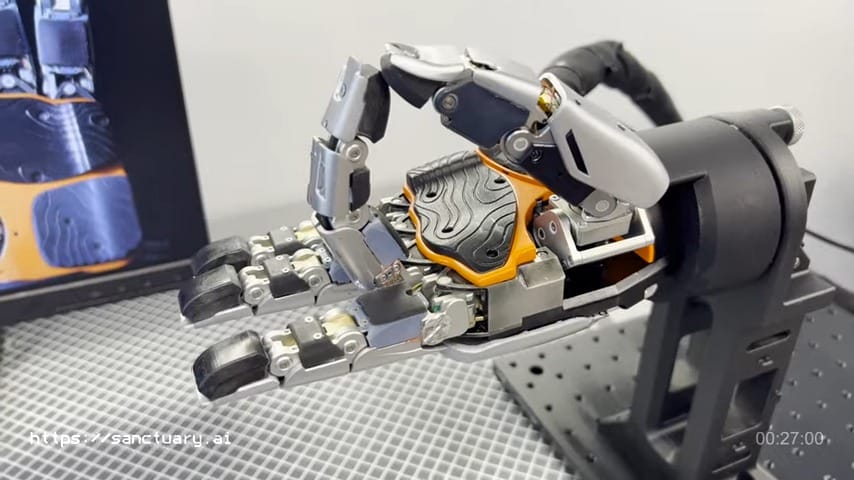
Physical Attributes
Phoenix™ is designed with both aesthetic and functional qualities that mimic human morphology, aiming to perform tasks across various industries. The robot's exterior incorporates a blend of robust materials suitable for diverse job environments. The focus on dexterous manipulation and mobility is evident through multi-articulated fingers and bi-pedal locomotion systems, which enable the handling of delicate objects and navigation of human spaces with ease.
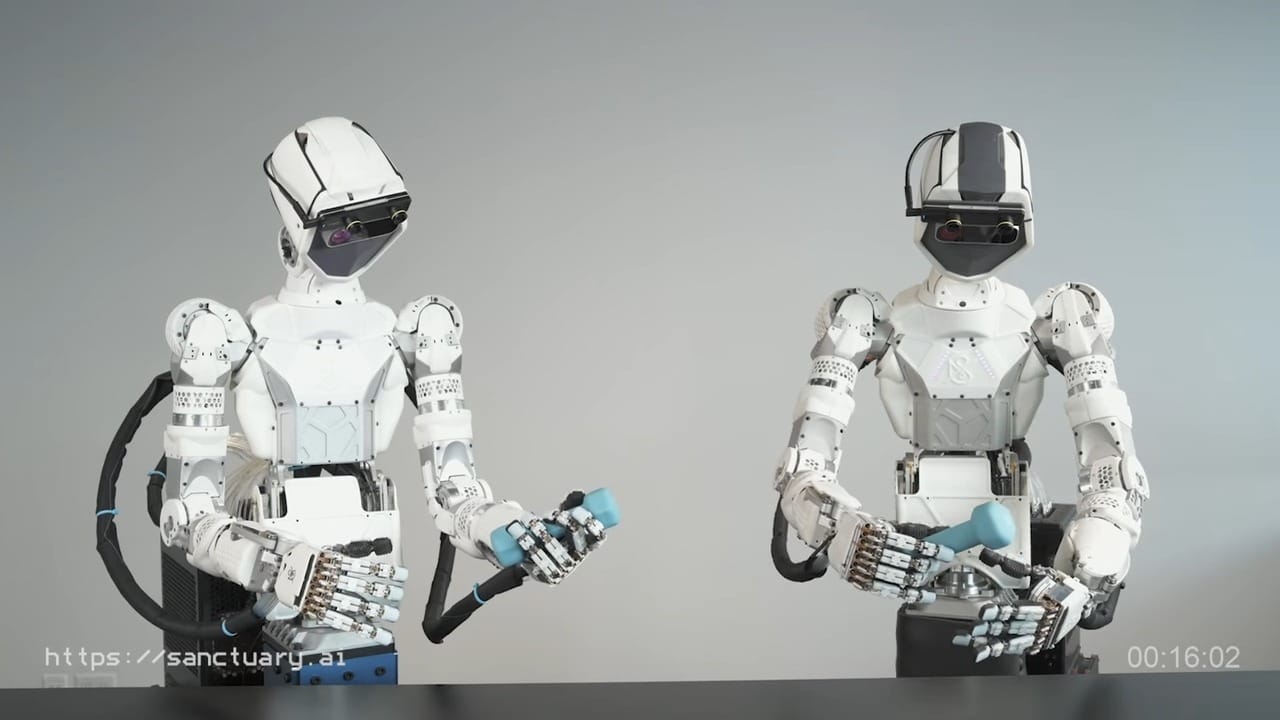
It might be my Italian DNA or just personal taste but when it comes to aesthetics Sanctuary isn't even trying to make the robot as sexy as Figure 01 or Tesla, however, Phoenix does display more sense of humanity in its motion that the other two contenders. And to be fair, they are not even trying, intentionally. Their approach is radically different from all other companies. However, the movements shown by the robot feel so natural that there's a level of natural empathy that transpare into the motion. Judge by yourself from this demo.
Artificial Intelligence Integration
At the core of Phoenix™ is Carbon™, a proprietary AI control system, that seeks to establish a new standard in robot autonomy. The integration of AI extends beyond basic programmable functions; this system can process complex tasks through a combination of supervised autonomy and remote piloting capabilities. Cognitive architecture enables the robot to learn from human interactions, thereby enhancing its ability to work in synergy with human counterparts.

Security and Privacy Protocols
In developing Phoenix™, attention to security and privacy is paramount. Sanctuary AI has instituted rigorous protocols to safeguard both operational integrity and data privacy. Encrypted communications, secure access points, and regular security updates form part of a comprehensive strategy to protect against unauthorized access and potential cyber threats. Moreover, adherence to regulatory compliance ensures responsible deployment in workplaces.
Herbert & Scott did a great job in picking Suzanne's brain
I hope you found this article insightful. Before you leave,
please consider supporting The bLife Movement as we cover all robotic content and write for everyone to enjoy. Not just for machines and geeks.
Unlike many media outlets owned by billionaires, we are independent and prioritize public interest over profit. We aim for fairness and simplicity with a pinch of humor where it fits.
Our global journalism, free from paywalls, is made possible by readers like you.
If possible, please support us with a one-time donation from $1, or better yet, with a monthly contribution.
Every bit helps us stay independent and accessible to all. Thank you.
Mario & Victoria
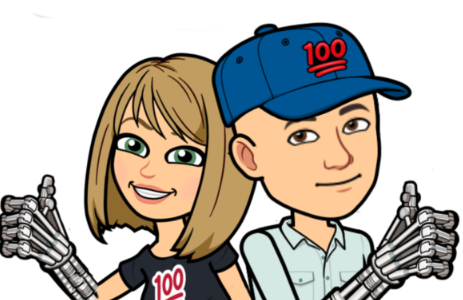

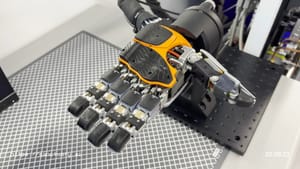


![From Tesla to BMW, humanoids are on their way [to your] home](/content/images/size/w300/2024/02/top_humanoids.png)